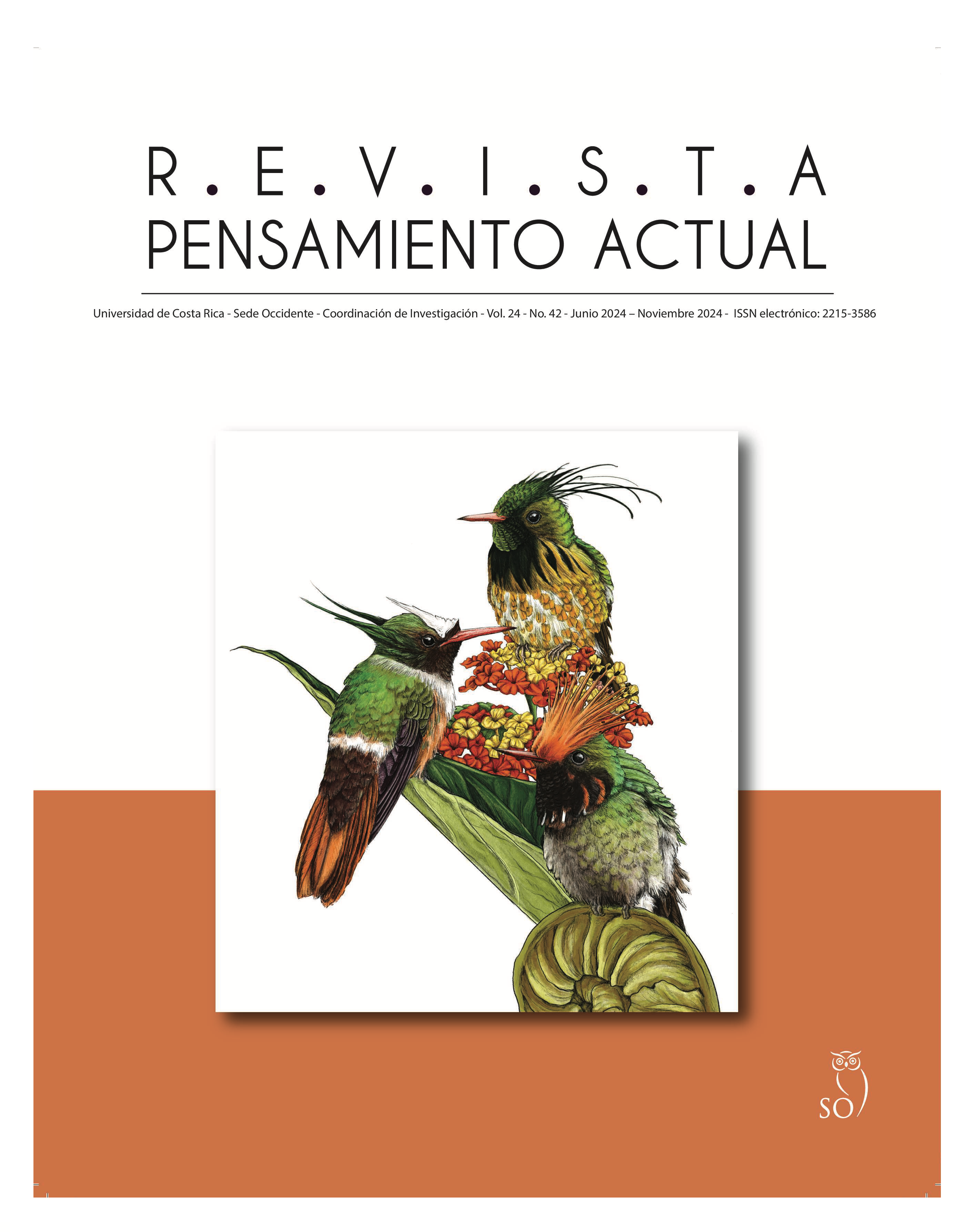Abstract
The process of emergence, evolution and improvement of physical exercise has been a complex phenomenon that has reflected cultural, social and scientific changes throughout human history. From its ancestral roots in hunting and survival practices, physical exercise has evolved significantly to become a fundamental component in the promotion of well-being and integral health of individuals in contemporary society. In its beginnings, ancient civilizations, such as China and classical Greece, laid the foundations for the understanding of the importance of physical activity in daily life and the development of the individual. However, during the Middle Ages, the emphasis on spirituality and lack of attention to the body largely suppressed the practice of physical exercise. With the advent of the Renaissance, pioneering figures such as Pier Henrich Ling, Guts Muths, Francisco de Amorós y Ondeano and Thomas Arnold emerged, whose contributions laid the foundations of what is known today as Physical Education. Through their systematic and visionary approaches, these precursors promoted the integration of physical exercise in education and the promotion of values such as teamwork, discipline and leadership. Today, physical exercise has acquired unprecedented importance, encompassing not only sports and health, but also social and cultural aspects. With the advance of digital technology, the monitoring and optimization of physical performance have reached new levels, along with a greater awareness of the importance of integral wellness and the prevention of diseases related to sedentary lifestyles.
References
Almeida Aguiar, A. (2003). «Les "Public Schools" i la reforma educativa de Thomas Arnold (1828-1842)». Temps d’Educació, 27, 305-329, https://raco.cat/index.php/TempsEducacio/article/view/126391
Amgarten Quitzau, E. (2018). Una contribución a la más necesaria mejora de la educación del cuerpo”: apuntes sobre los manuales de j.c.f. guts muths (alemania, fines del siglo xviii). Universidad de la República – Uruguay. http://www.sitioftp.com/EventosOPC/programa/resumenes/EJE1/eje1_231.pdf
Barbosa, S., y Urrea, A. (2018). Influencia del deporte y la actividad física en el estado de salud físico y mental: una revisión bibliográfica. Revista Katharsis, 25, 141-159. https://revistas.iue.edu.co/index.php/katharsis/issue/view/96
Bosque Jiménez, J. (2014). Aspectos en la actividad física y el deporte que identifican “impactos” de ciencia e innovación tecnológica. ACCIÓN, 10(20). https://accion.uccfd.cu/public/journals/2/accionhtml/issues/Vol_10_No_20/files/01_aspectos_actividad_fisica.pdf
Carrera Teopanta, P. y González Mendoza, J. (2023). Desafíos de la investigación deportiva en tiempos de cambio. Revista INAF, Año VII(15), 6-11. https://www.inaf.cl/wp-content/uploads/2024/03/REV-INAF-15-.pdf
Carrillo Linares, E., Aguilar Hernández, V. y González Blanco, Y. (2020). El desarrollo de las capacidades físicas del estudiante de Mecánica desde la Educación Física. Mendive. Revista de Educación, 18(4). http://scielo.sld.cu/scielo.php?script=sci_arttext&pid=S1815-76962020000400794
Daólio, J. (2013). Da cultura do corpo. Campinas, SP: Papirus.
Fernández Sirvent, R. (2007). Memoria y olvido de Francisco Amorós y de su modelo educativo gimnástico y moral. Revista Internacional de Ciencias del Deporte, 6(3), 24-51. http://www.cafyd.com/REVISTA/art3n6a07.pdf
Fernández Sirvent, R. (2006). La educación física al servicio del Estado. Francisco Amorós en la Francia de la Restauración. Universidad de Alicante (UA). https://www.lareferencia.info/vufind/Record/ES_d46a114a58edad58455c7451b7cd685a
Fernández-Sirvent, R. (2005). Francisco Amorós y los inicios de la educación física moderna: Biografía de un funcionario al servicio de España y Francia. Universidad de Alicante (UA). https://rua.ua.es/dspace/handle/10045/70968
Funollet, F. (1989). Las actividades en la naturaleza. Orígenes y perspectivas de futuro. Apunts. Educación Física y Deportes, 18, 5-10. https://revista-apunts.com/las-actividades-en-la-naturaleza-origenes-y-perspectivas-de-futuro/
Garrido-García, L., Suárez-Jácome, J., Chávez-Estrella, A. y Pérez-Villafuerte, J. (2024). Beneficios del ejercicio físico en la diabetes: una revisión bibliográfica de la evidencia científica actual. Polo del Conocimiento, 9(1), 1431-1445. https://polodelconocimiento.com/ojs/index.php/es/article/view/6442
González J. y Sánchez F. (2022). Plan Director: Desarrollo de talentos deportivos Castilla-La Mancha. Consejería de Educación, Cultura y Deportes, Gobierno de Castilla-La Mancha, España 2022. https://deportes.castillalamancha.es/sites/deportes
Janssen, S., & Connelly, D. (2021). The effects of exercise interventions on physical function tests and glycemic control in adults with type 2 diabetes: A systematic review. Journal of bodywork and movement therapies. https://doi.org/10.1016/j.jbmt.2021.07.022
Kim, Y., Park, Y.S., Allegrante, J., Marks, Ok, R., Ok Cho, K., Garber, C. (2012). Relationship between physical activity and general mental health. Preventive Medicine, 55,458–463. https://doi.org/10.1016/j.ypmed.2012.08.021
Maldonado, D. (2013). Revisión de la historia de la Educación física en el siglo XIX: Su llegada hasta el siglo XXI y sus consecuencias actuales [Trabajo de Grado]. Universidad de Valladolid. https://uvadoc.uva.es/bitstream/handle/10324/4831/TFG-L375.pdf?sequence=1
Ramírez, W. Vinaccia, S y Suárez, G. (2024). El impacto de la actividad física y el deporte sobre la salud, la cognición, la socialización y el rendimiento académico: una revisión teórica. Revista de estudios sociales, 18, 67-75. https://journals.openedition.org/revestudsoc/24704
Rosa-Guillamón, A. (2019). Análisis de la relación entre salud, ejercicio físico y condición física en escolares y adolescentes. Revista Ciencias de la Actividad Física, 20(1), 1-15. https://www.redalyc.org/journal/5256/525661507008/html/
Rosa, A., García-Cantó, E., y Pérez-Soto, J.J. (2017). Diferencias en la condición física en escolares de entornos rurales y urbanos de Murcia (España). Revista de Estudios y Experiencias en Educación, 16(30), 115-128. https://www.redalyc.org/journal/2431/243150283007/html/
Ruiz Omeñaca, J y Ruiz Omeñaca, M. (2015). La Educación Física desde una perspectiva ética. Revista Digital. Buenos Aires, 20(206). https://efdeportes.com/efd206/la-educacion-fisica-desde-una-perspectiva-etica.htm
Scharagrodsky, P. Moreno, A. y Varea, V. (2022). Circulación, transmisión y apropiación de prácticas corporales: la gimnasia sueca y su traducción en la Argentina y Brasil a principios del siglo xx. Revista Alesde. https://www.researchgate.net/publication/364342466_Circulacion_transmision_y_apropiacion_de_practicas_corporales_La_gimnasia_sueca_y_su_traduccion_en_la_Argentina_y_Brasil_a_principios_del_siglo_XX
Wake, A. (2022). Protective effects of physical activity against health risks associated with type 1 diabetes: "Health benefits outweigh the risks". World journal of diabetes. https://doi.org/10.4239/wjd.v13.i3.161
Zataraín Fernández, J. (2023). Evolución histórica de la Educación Física. [Trabajo fin de grado en educación primaria]. Universidad de Valladolid, España. Facultad de Educación de Palencia. https://uvadoc.uva.es/bitstream/handle/10324/61929/TFG-L3559.pdf?sequence=1&isAllowed=y
##plugins.facebook.comentarios##

This work is licensed under a Creative Commons Attribution-NonCommercial-ShareAlike 3.0 Unported License.
Copyright (c) 2024 Pensamiento Actual


